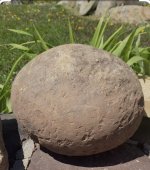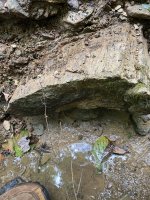cptbil
Bronze Member
? Has anyone tried or had experience(s) with a micron Gold recovery unit?
I have seen advertisements...
But! I haven't heard any factual, or individual/personal comments/reports
I like to buy one?
But! They sure sound like they might be one of those , "Snake Oil " Scams!
Any suggestions?
Type of unit?
Manufacture ?
Or ?
I have seen advertisements...
But! I haven't heard any factual, or individual/personal comments/reports
I like to buy one?

But! They sure sound like they might be one of those , "Snake Oil " Scams!
Any suggestions?
Type of unit?
Manufacture ?
Or ?












